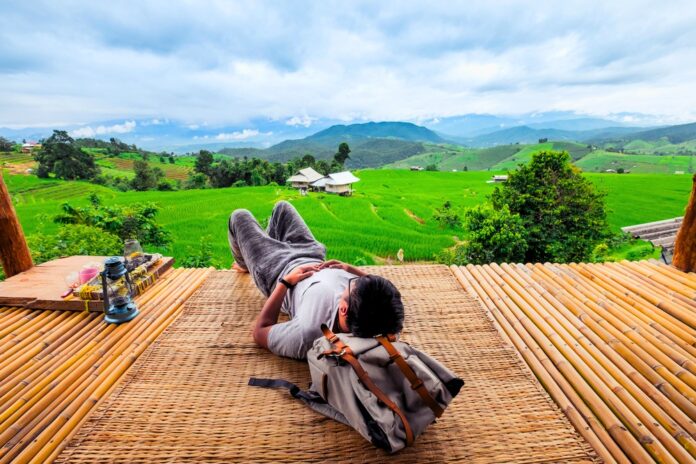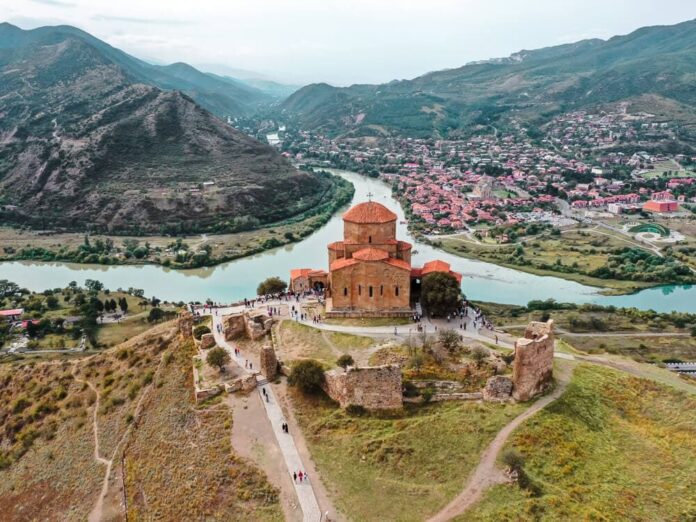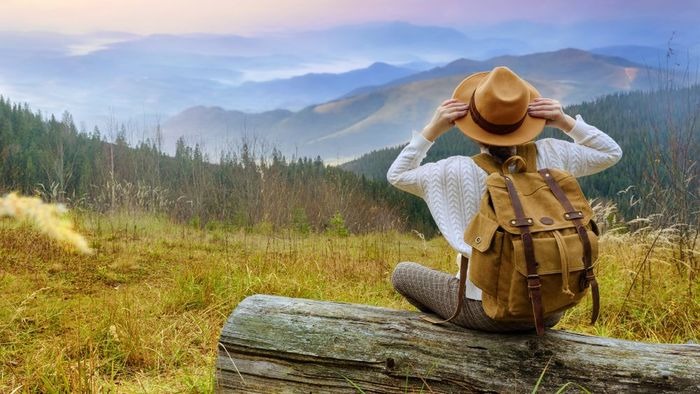In a world obsessed with speed, express shipping, instant streaming, and short-form everything, travel is finally slowing down.
The emerging “slow travel” trend isn’t just about taking longer vacations; it’s about intentionality. It’s a mindset shift from ticking off landmarks to absorbing the essence of a place, its culture, and its people.
What Is Slow Travel?

Slow travel prioritizes depth over breadth. Rather than cramming five cities into a 10-day itinerary, slow travelers may stay in one city for a week or longer, engaging more deeply with local life.
The goal is to experience a destination on its own terms, its rhythm, routine, and imperfections, not through a checklist but through lived experience.
What Is Slow Travel – Really?
Unlike traditional tourism, slow travel emphasizes:
- Fewer destinations
- Longer stays
- Deeper cultural immersion
- Local living over sightseeing checklists
Why Is Slow Travel Gaining Momentum?

Several factors drive the shift:
- Burnout from Overplanning: Fast-paced trips often leave travelers more tired than before they left. Slow travel allows time to relax, reflect, and recharge.
- Remote Work Flexibility: Digital nomads and remote workers are no longer limited by vacation days. Many can work from anywhere, making longer, immersive stays more feasible.
- Sustainability: Fewer flights, longer stays, and support for local businesses make slow travel a more eco-conscious and community-supportive way to explore.
- Value for Money: Booking longer stays, especially in smaller cities, often reduces daily costs while increasing the quality of the experience.
How to Embrace the Slow Travel Approach
- Stay in One Place: Choose a single city or region. You’ll reduce travel logistics and gain time for spontaneous exploration.
- Live Like a Local: Shop at local markets. Use public transit. Attend events that aren’t curated for tourists.
- Choose Boutique Accommodations: Skip chain hotels in favor of independently owned guesthouses or boutique hotels that reflect the character of the location.
- Build Buffer Time: Avoid overbooking activities. Leave room for curiosity, rest, or detours.
- Learn the Language or Customs: Even basic phrases or understanding local etiquette can open doors to more authentic interactions.
Why Tbilisi, Georgia Is Ideal for Slow Travel

Tbilisi offers the perfect conditions for a slow travel experience. The Georgian capital blends old-world charm with contemporary culture.
Here, cobblestone alleys give way to underground wine bars, sulfur bath houses sit near Soviet-modernist buildings, and art galleries thrive next to family-run bakeries.
In cities like Tbilisi, slow travel isn’t just possible, it’s encouraged. Tucked into quiet corners of the city, places like this boutique stay reflect the rhythm of the local life, offering both comfort and character.
Located in a walkable neighborhood and designed with care, it’s the kind of place where guests linger, not rush.
The Real Benefits of Slow Travel (Beyond Buzzwords)
- Lower Stress and Greater Mental Clarity
Constant movement, early flights, and packed itineraries cause fatigue. With slow travel, downtime isn’t wasted, it’s essential. It helps prevent the “vacation hangover” that fast-paced trips often bring. - Financial Efficiency
Staying in one place longer can reduce per-night accommodation costs. Cooking occasionally, walking instead of Ubering, and skipping airport transfers = more budget for meaningful experiences. - Cultural Connection
Fast travel often keeps you in tourist bubbles. Slow travel places you closer to local rhythms, from morning coffee at a corner shop to spontaneous neighborhood events. - Environmental Impact
Fewer flights, longer stays, and local spending contribute to sustainable tourism. It’s not just good for you, it’s good for the destination.
Practical Tips to Start Slow Traveling

| Strategy | Why It Matters |
| Choose lesser-known cities | Avoid crowds, support local economies, and get authentic experiences |
| Stay at locally owned hotels | Supports the local community and gives insight into local life |
| Create flexible itineraries | Leaves room for spontaneous discovery, rest, or new local recommendations |
| Use longer-term rentals | Offers home-like comfort and often better rates for week/month-long stays |
| Shop and eat locally | Farmers’ markets and family restaurants connect you to culture, and cost less |
| Learn a few local phrases | Even basic greetings build trust and open doors in smaller, slower places |
Final Thought
Slow travel is not about going nowhere, it’s about being fully present wherever you go. As more people seek meaningful escapes over manic ones, this mindful style of travel is quickly becoming the new luxury.







